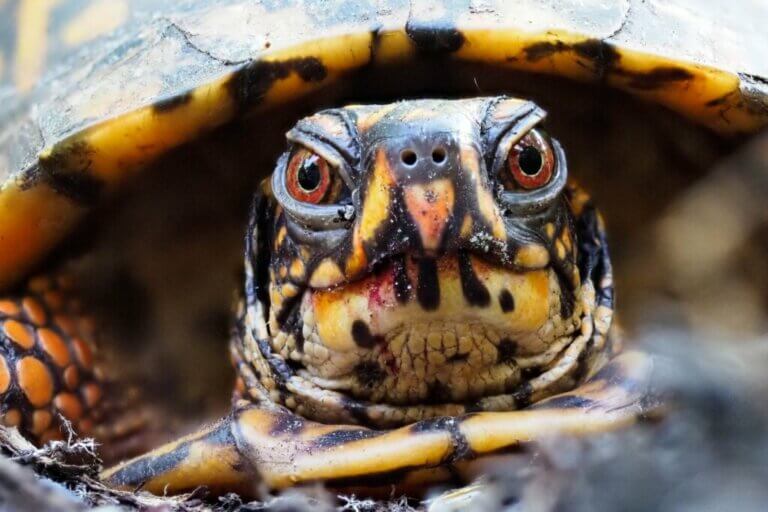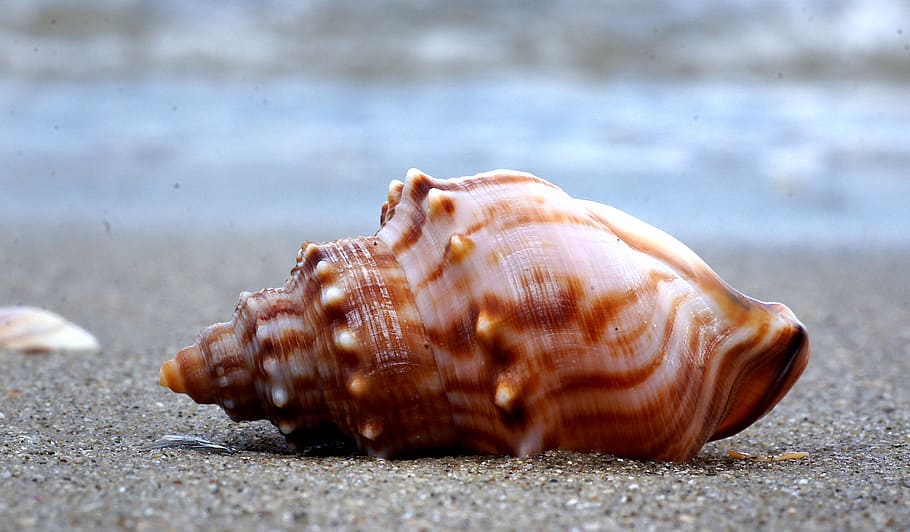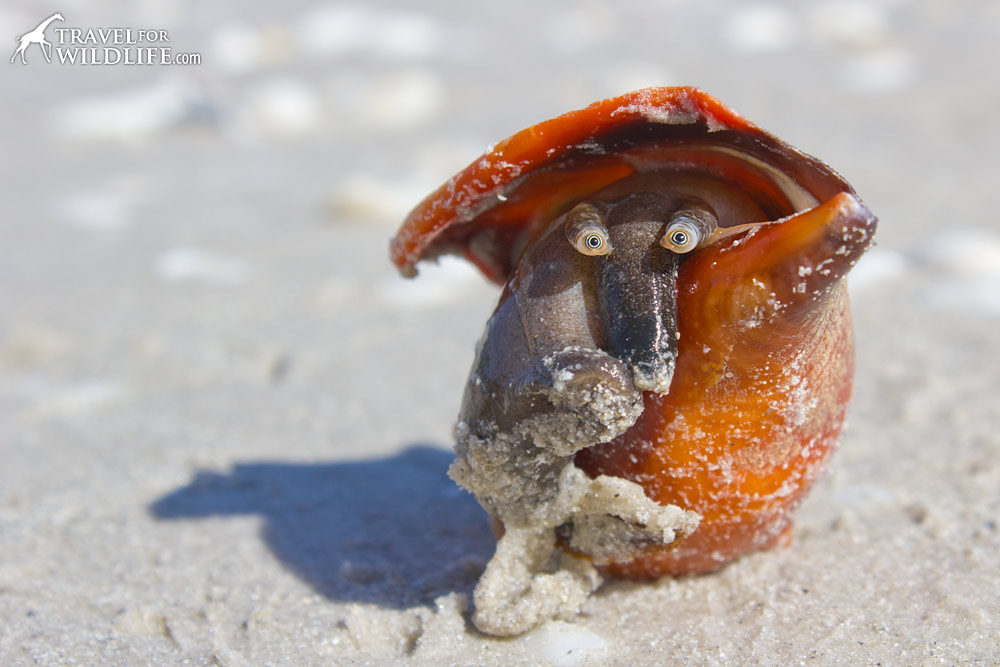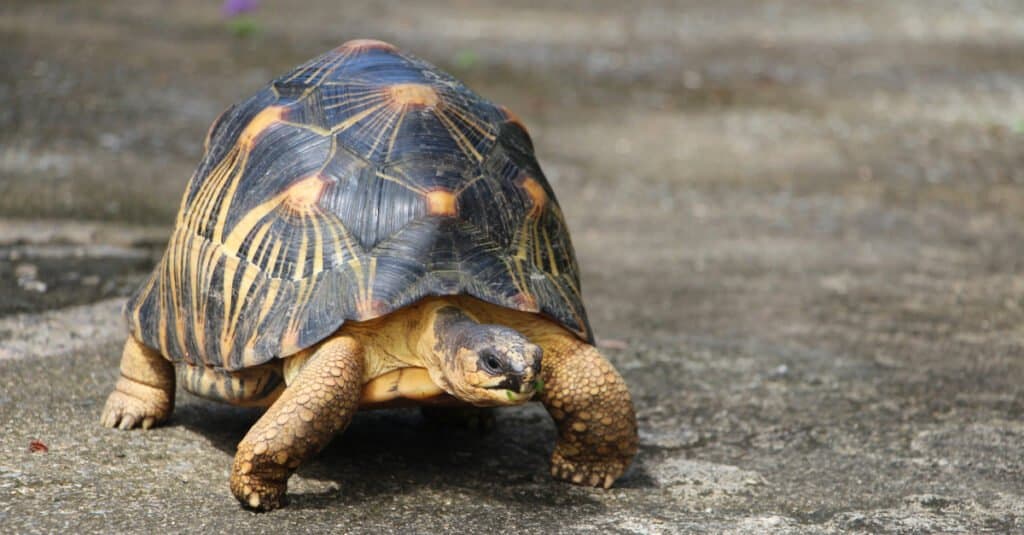67 Not Out The Mysterious Shell Creatures On Cornish Beach
Chambered nautilus (Nautilus pompilius) Florida stone crab (Menippe mercenaria) Reef lobster (Enoplometopus holthuisi) Sacred scarab (Scarabaeus sacer) Pacific cleaner shrimp (Lysmata amboinensis) American dog tick (Dermacentor variabilis) Other animals with shells What is a shell?

7 Prehistoric Deep Sea Creatures Alive Today American Oceans
2. Barnacles Barnacles are a group of marine crustaceans comprised of more than 1,200 species. They are from the scientific class Cirripedia and typically live in shallow and tidal waters such as oceans, seas, and estuaries. Barnacles are most commonly known for their hard shells, which usually form a cone shape.

Free Images coast, nature, spiral, travel, holiday, fauna, invertebrate, seashell, housing
1. The armadillo Its shell isn't bulletproof, and if an animal hits the armadillo, it can easily break its protective structure, according to National Geographic experts. However, this shell does protect it from thorny bushes, which, in turn, serve as a refuge from predators.

Free Images nature, spiral, animal, fauna, shell, invertebrate, seashell, close up, escargot
Turtles and Tortoises. Perhaps no other animals are as famous for their shells as turtles are. Despite the various forms their shells can take, all living turtles possess shells, which influence their lifestyles, diets and life histories significantly. Several different turtle species make good pets, although many require large cages or outdoor.

7 animals with shells
Shells are the exoskeletons of shelled creatures like clams, snail species, turtles, mollusks, various crab species like the hermit crab, and the like which are predominantly found on a beach. Shells are mostly composed of calcium carbonate and contain a small volume of protein which is not greater than two percent and have layers.

Science Animals with Shells
Examples of sea animals with shells include pistol shrimps, clams, oysters, mussels, scallops, nautilus, and others. Most sea animals have hard shells that encompass their soft bodies. The shells act as protection against predators. Some sea animals like mollusks spend their whole lives in their shells.

11 Sea Animals With Shells (+ Fun Facts)
1) Echinoids Echinoids are sea animals with hard shells called tests. On the test, they have knobs that are called tubercles. Most echinoids also have spines, and many of these animals are poisonous. Predators of echinoids include other species of echinoids, fish, octopuses, and crustaceans. Sand Dollars

Underwater Curiosities « Creepy Animals
1. Turtles and Tortoises Turtles and tortoises are the quintessential shelled creatures. Their shell is not merely an external covering but part of their skeletons, formed from the fusion of many bones. The shell is attached to the spine and rib cage, making it a permanent structure. Plates of keratin called scutes cover the surface.

Little animals made from shells. Sea Crafts, Rock Crafts, Diy Arts And Crafts, Seashell Art
Animals with shells are unique creatures. Read on to find out more about them. 9 Types of Animals With Shells 1. Common Snapping Turtle image: Pixabay.com The Common Snapping turtle is a reptile that lives in freshwater and on land. They can be found in most of the United States, east of the Dakotas.

15 STUNNING Beach Shell Creatures YouTube
Here are 20 animals with shells, along with some interesting facts about each one: Contents hide The Shells of Mollusks 1. Snail 2. Slug 3. Mussel 4. Clam The Shells of Crustaceans 5. Crab 6. Lobster 7. Shrimp The Shells of Turtles 8. Box Turtle 9. Sea Turtle The Shells of Insects 10. Beetle 11. Grasshopper 12. Cicada The Shells of Other Animals

Struthiolaria papulosa, shallow focus photography, seashell, shell, animal, animal wildlife, sea
Examples of animals with shells include snails, crabs, cockroaches, clams, and bugs. Animals with shells are some of the most unique creatures on Earth. They come in many shapes and sizes, but they all have one thing in common: an outer protective layer that helps them survive in their environment.

The Living Sea Shells a Photo Gallery of Sanibel Island Seashore Creatures Travel For Wildlife
Examples of animals with shells encompass a diverse range of species, from the intricate spiral shells of snails to the sturdy armored plates of crabs. In this article, we will take a look at all the animals with shells. Read on! 1. Cat Flea. by Oregon Department of Agriculture is licensed under CC BY-NC-ND 2.0.

Top 10 Animals That Have Shells AZ Animals
A cephalopod is an animal belonging to the group Cephalopoda, containing octopus, squid, cuttlefish, nautilus, and kin. The word "cephalopod" is derived from Greek and means "head foot," which perfectly describes animals that have eyes just above their many limbs. These boneless creatures can be found exclusively in marine habitats.
/GettyImages-553399069-5987d42668e1a2001142d47a.jpg)
Sea Animals With Hard Shells
Clams, mussels and the triton or trumpet shell are just some of the invertebrates that belong to the phylum Mollusca. These are creatures without any backbones that have proportioned bodies containing a head, visceral hump, mantle and foot. In most mollusks, hard shells are mounted on the visceral hump and house their internal organs.

Art illustration Aquatic Animals Ammonoidea commonly known as ammonites, are a subclass of
The longhorn cowfish is a brightly colored relative of the boxfish that also features horns that inspired their name. Read about how Cousin Boxfish helps keep predators away by secreting a toxin that makes them unattractive meals. Sea Urchin i Sea urchins look as weird as they are beautiful.

Shell and occupant Sea shells, Sea snail, Sea and ocean
2. Protection: Shells provide animals with a form of armor against predators and other threats.They provide a hard layer of protection that can make it difficult for predators to bite or harm the animal underneath. Some animals, like turtles, also have retractable heads and limbs that can be pulled back into their shell for extra protection.